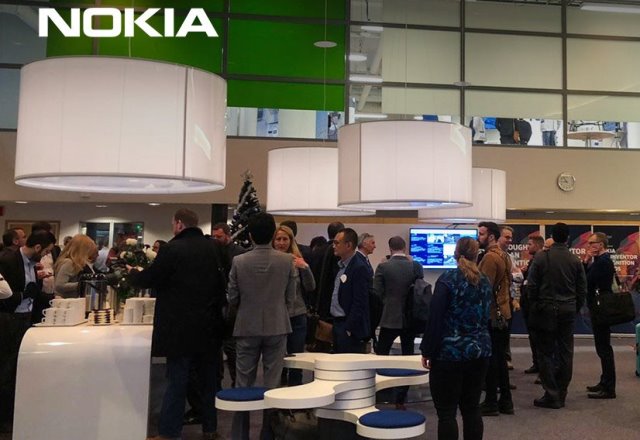Finland-based Nokia said it is the project leader for Hexa-X, the European Commission’s 6G initiative for research.

Ericsson, one of the main rivals of Nokia, is the technical manager of the 6G project. Intel is also one of the partners.
Telefonica, Orange and TIM are the partners from the telecom operator business.
The project goals include creating 6G use cases and scenarios, developing fundamental 6G technologies and defining a new architecture for an intelligent fabric that integrates key 6G technology enablers, said Nokia.
The Hexa-X project has been awarded funding from the European Commission under the European Union’s Horizon 2020 research and innovation program.
The Hexa-X project aims to connect the physical, digital and human worlds, firmly anchored in future wireless technology and architectural research.
Nokia Bell Labs pioneered fundamental technology innovations including Massive MIMO, mmWave access, coding, and 5G radio stack design, which enabled 3GPP Release 15 initial deployments.
Nokia Bell Labs is also developing enablers for the upcoming 3GPP Release 16 and 17 that are key for the digital transformation of industrial verticals, such as 5G New Radio (NR) in unlicensed spectrum bands, NR-Light to support massive IoT with medium-rate sensors and localization.
Nokia is leading the 6G joint research and pre-standardization process and Nokia Bell Labs is researching the fundamental technologies that will comprise 6G. Nokia expects 6G systems to launch commercially by 2030, following the typical 10-year cycle between generations.
“In the 6G era we will see applications that will not only connect humans with machines but also connect humans with the digital world. Such a secure and private connection can be used for preventive healthcare or even to create a 6G network with a sixth sense that intuitively understands our intentions, making our interactions with the physical world more effective and anticipating our needs, thereby improving our productivity,” Peter Vetter, head of Access and Devices Research, Nokia Bell Labs, said.
Nokia Bell Labs, together with the Hexa-X consortium, has identified six research challenges that need to be addressed to lay the technical foundation for 6G wireless systems:
Connecting intelligence: AI/Machine Learning (ML) technologies need to be a vital and trusted tool for significantly improved efficiency and service experience, serving humans
Network of networks: multiple types of resources need to be aggregated to create a digital ecosystem that grows more and more capable, intelligent, and heterogeneous, eventually creating a single network of networks
Sustainability: energy-optimized digital infrastructure for a reduced global ICT environmental footprint, as well as delivering effective and sustainable digitization tools for global industry, society and policymakers
Global service coverage: efficient and affordable solutions for global service coverage, connecting remote places
Extreme experience: extreme bitrates, extremely low (imperceptible) latencies, seemingly infinite capacity, and precision localization and sensing
Trustworthiness: ensuring the confidentiality and integrity of communications and delivering data privacy, operational resilience and security
The Hexa-X project starts on 1 January 2021, with a planned duration of 2.5 years. Nokia is the project lead for Hexa-X, working closely with a strong consortium of European partners.





